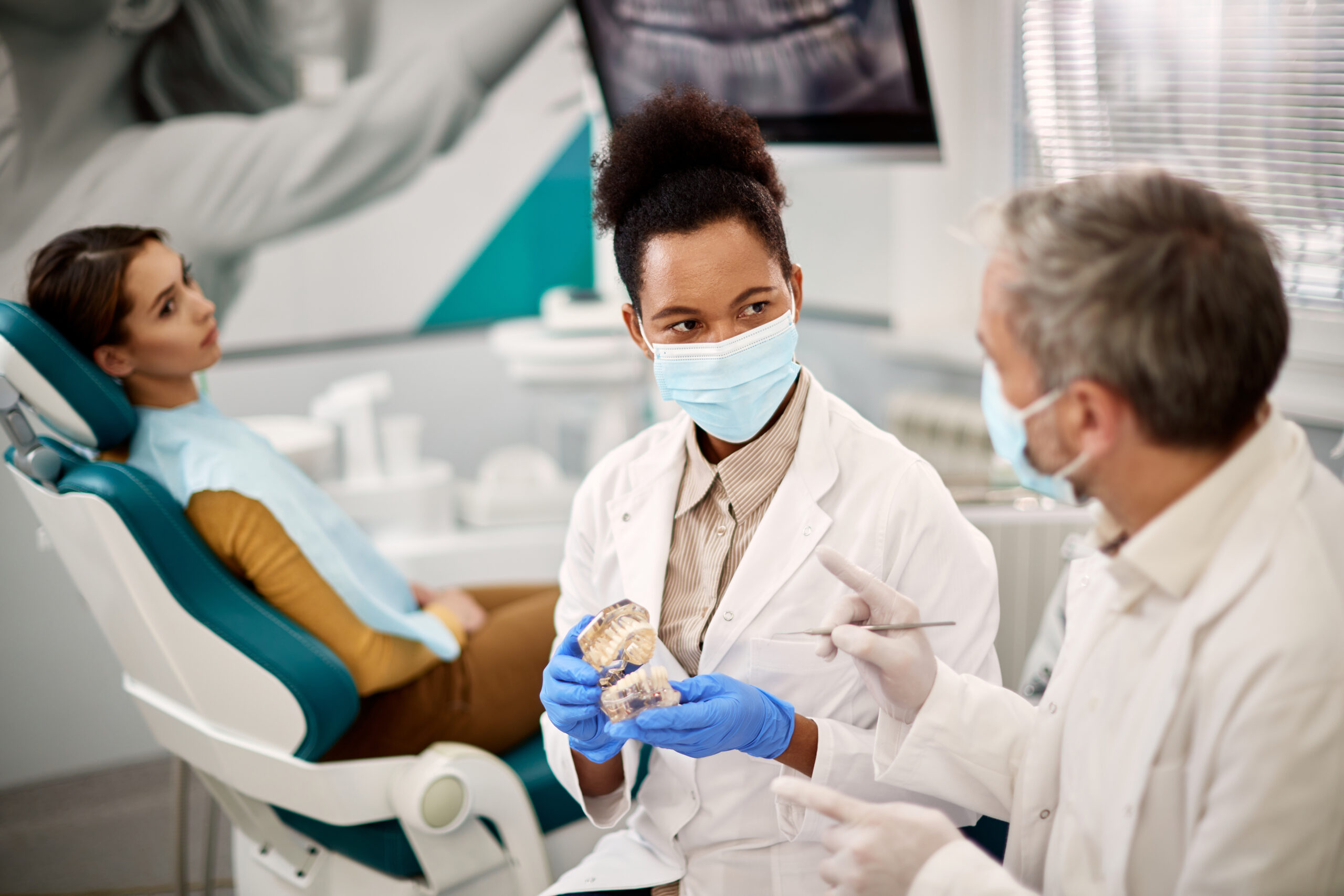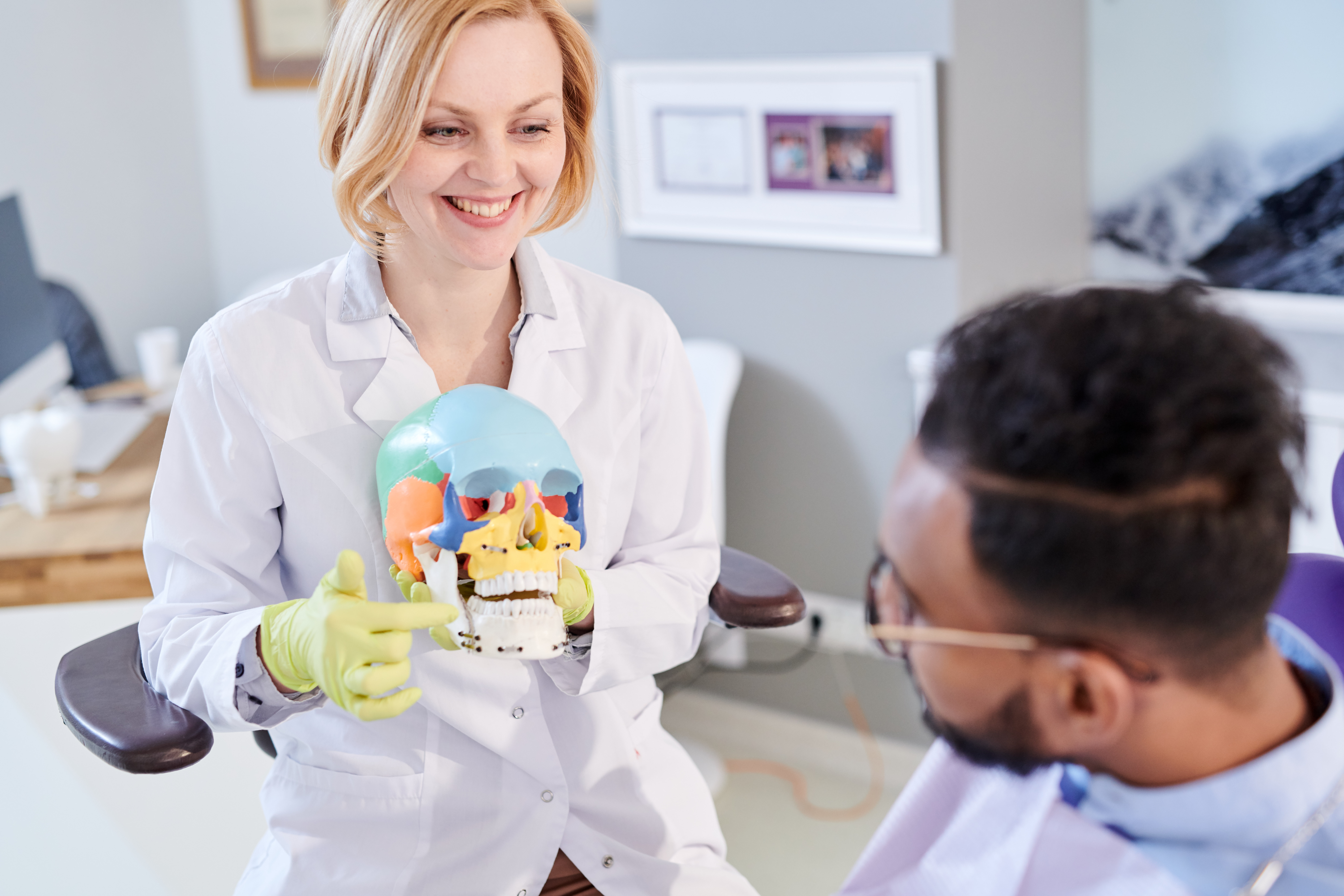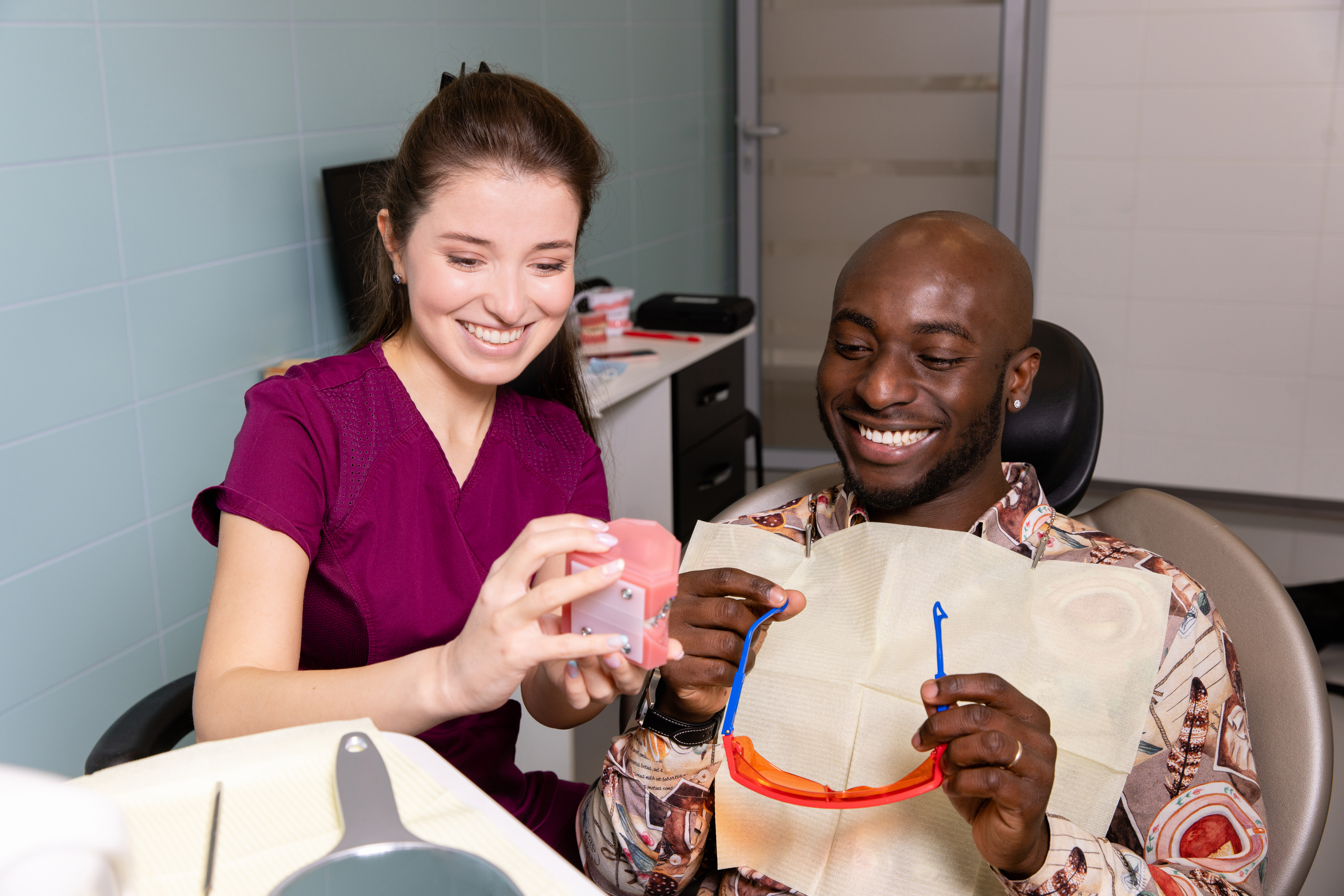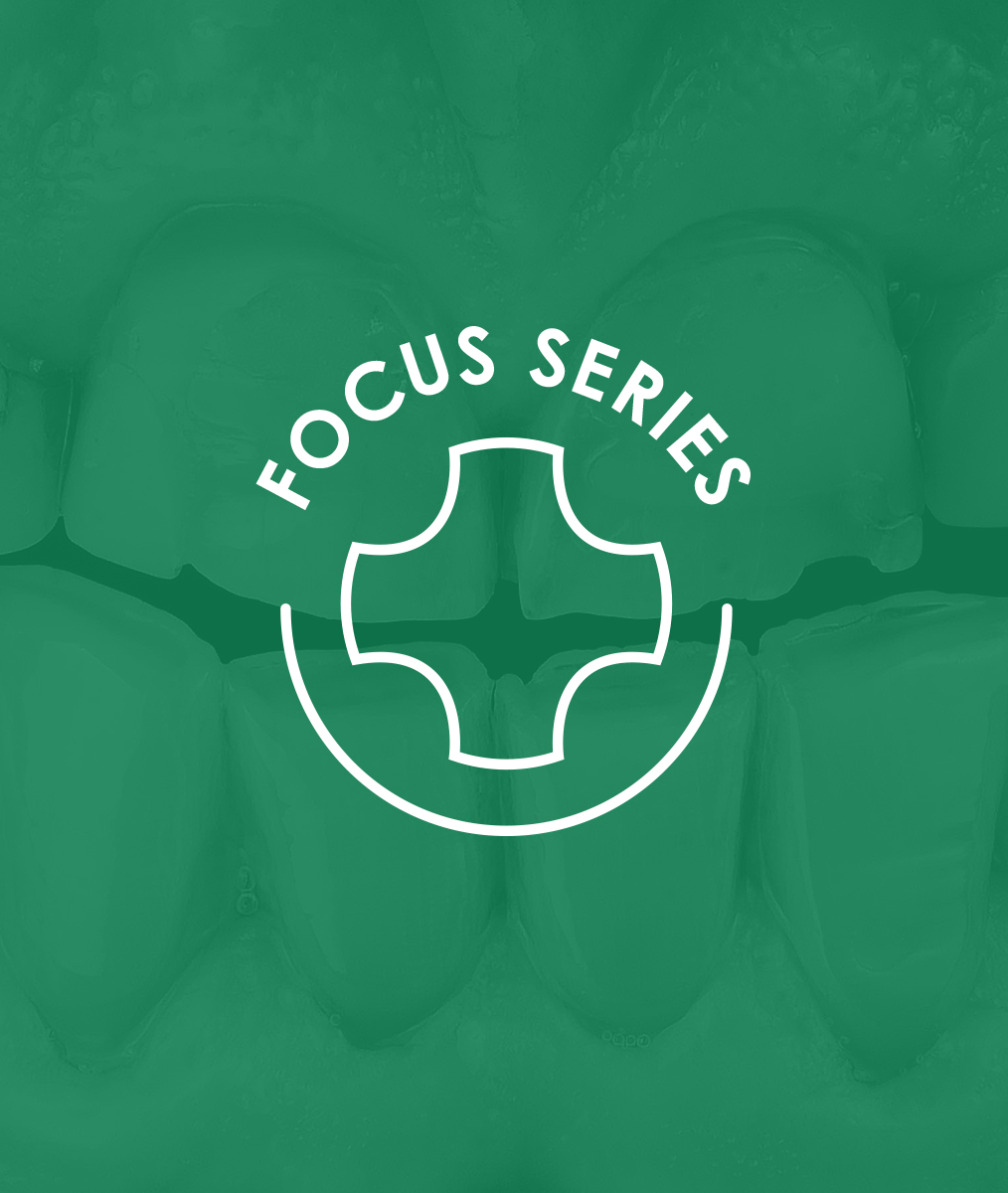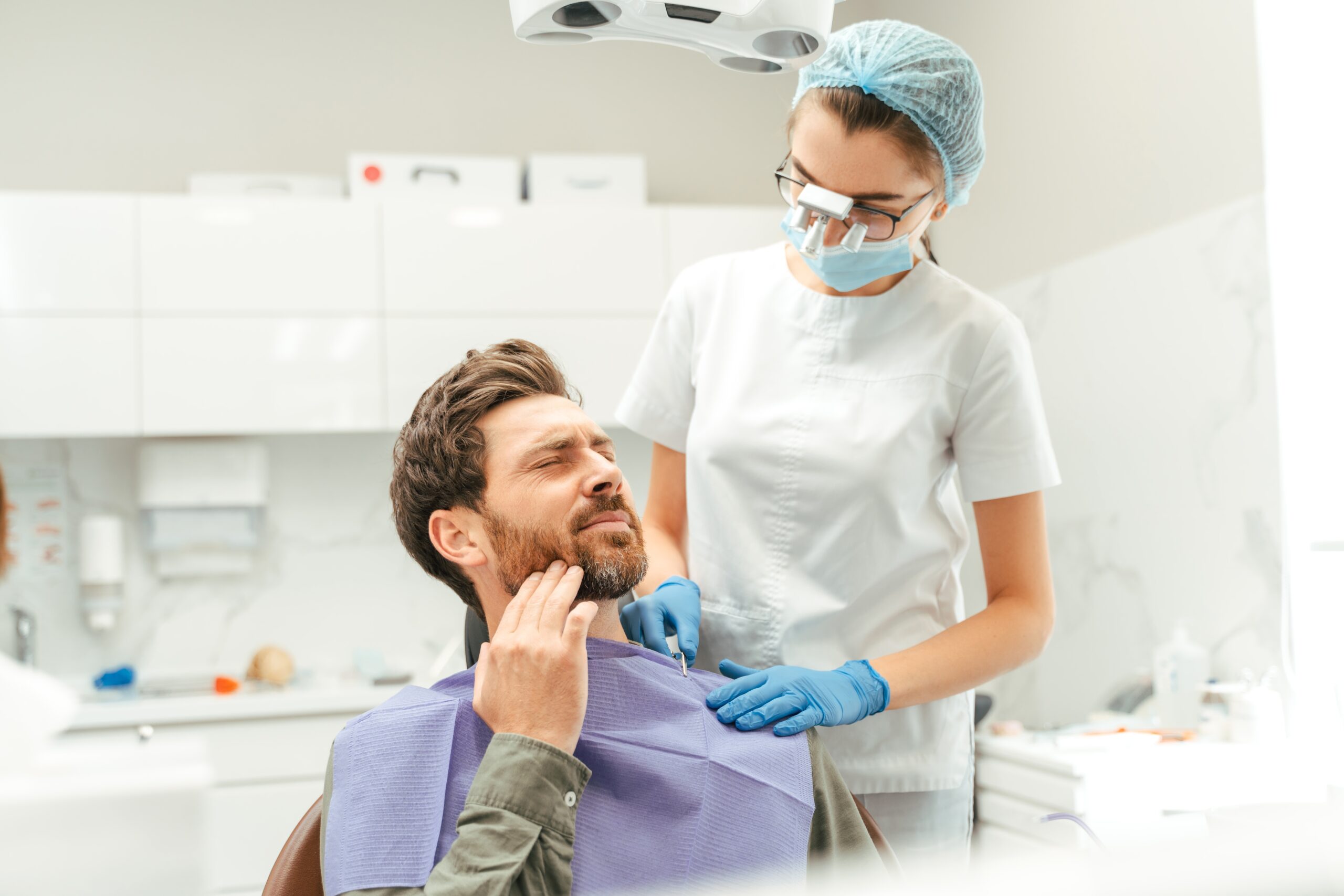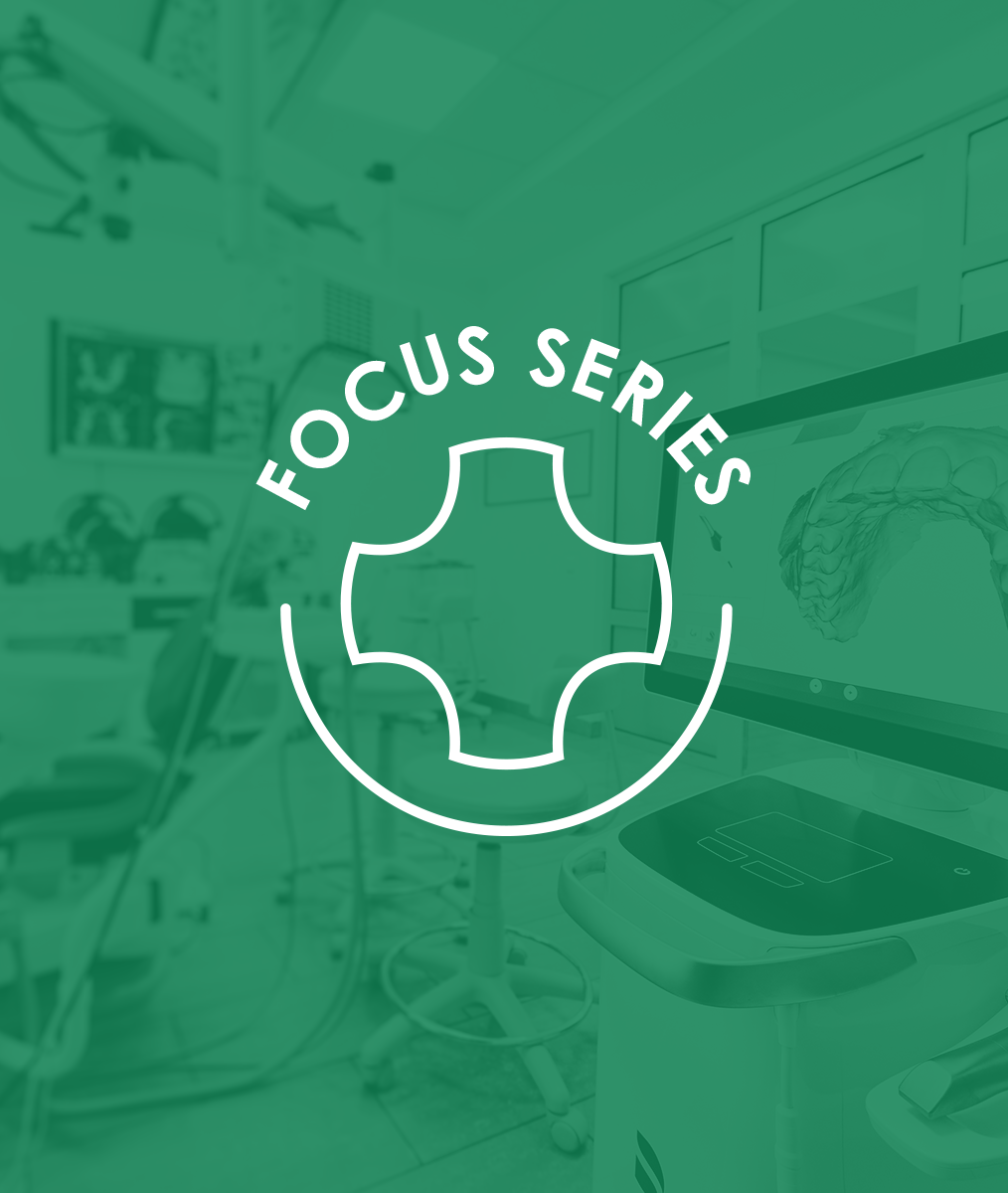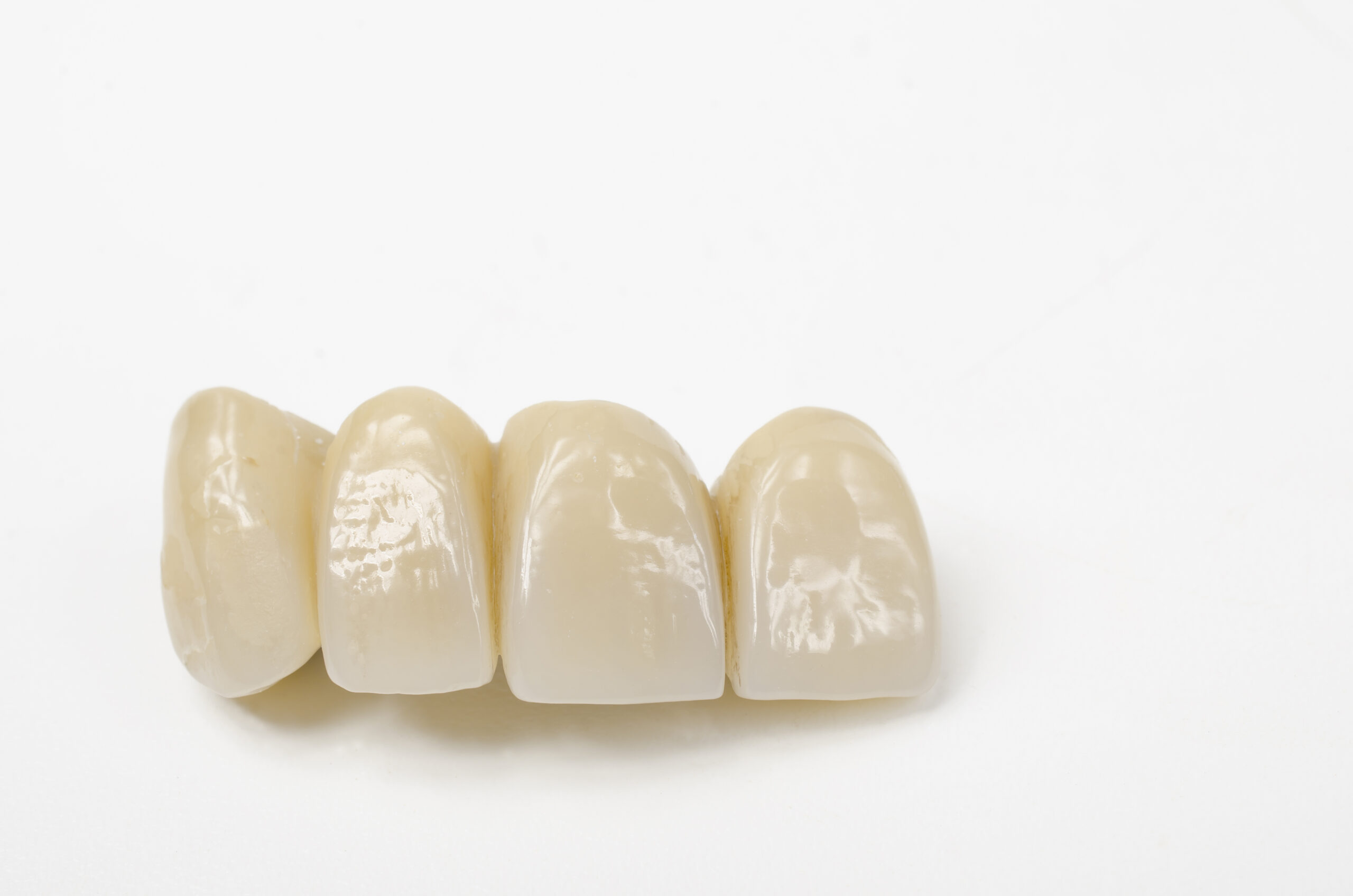Advice for Young Dentists Part 1: Be Thoughtful
By John C. Cranham, DDS
Every hour you invest in your practice is an hour invested in your future, so invest time in thinking about how you are spending your time.
I am often asked if I have advice for young dentists starting out in practice. As I reflect on my own experience in practice and on conversations with other dentists in private practice, several thoughts emerge.
There will be times when you are working in a chaotic, undisciplined environment because you are trying to care for as many people as you can fit into your day. You will become physically and emotionally tired. At some point, you will recognize that you can’t go on that way. You will need to create more disciplined systems for you and your team. You will need to develop your team members, so they can do more and save you time. You will need to hold yourself and them accountable.
A young dentist must understand that when you run around and do many procedures, you could be confusing activity with productivity. When you’re working on highly thought-out treatment plans, you’re sitting down, you’re doing more well-organized dentistry on fewer patients. You’re also usually executing the dentistry better, which means fewer remakes.
How do you position yourself to have the luxury of working on those types of cases? The advanced CE at Pankey and other top programs will move you along, but you need to be patient with yourself…and your patients. You will be bringing them along with you through the opportunities you have to educate them about their oral health, where it is headed, and what can be done. Don’t assume you will achieve your goals fast. Eventually, you will become known as the go-to dentist to solve problems and the cases will flow.
Know your patients. Be thoughtful about moving them along. Enjoy them as you do.
I’ve written about this before…for the first few years I felt my colleagues were surpassing me. They were doing more advanced cases and utilizing what they were learning at Pankey and Dawson. I had purchased a tiny practice filled with patients who valued dentistry when they were in pain. I aspired to do more than fill cavities. Sometimes I thought I would have to give up on my dream. But I kept talking with my patients, building relationships, raising their awareness, and eventually they began accepting treatment. I had to stay hopeful and employ the behaviors I was being mentored to employ before I could employ my advanced clinical skills.
I learned a lot about people, not just dentistry, in my early years. I look back upon the experience with fondness now.
Related Course
E4: Posterior Reconstruction and Completing the Comprehensive Treatment Sequence
DATE: February 27 2025 @ 8:00 am - March 3 2025 @ 2:30 pmLocation: The Pankey Institute
CE HOURS: 44
Dentist Tuition: $ 7400
Single Occupancy with Ensuite Private Bath (per night): $ 345
THIS COURSE IS SOLD OUT The purpose of this course is to help you develop mastery with complex cases involving advanced restorative procedures, precise sequencing and interdisciplinary coordination. Building on…
Learn More>
